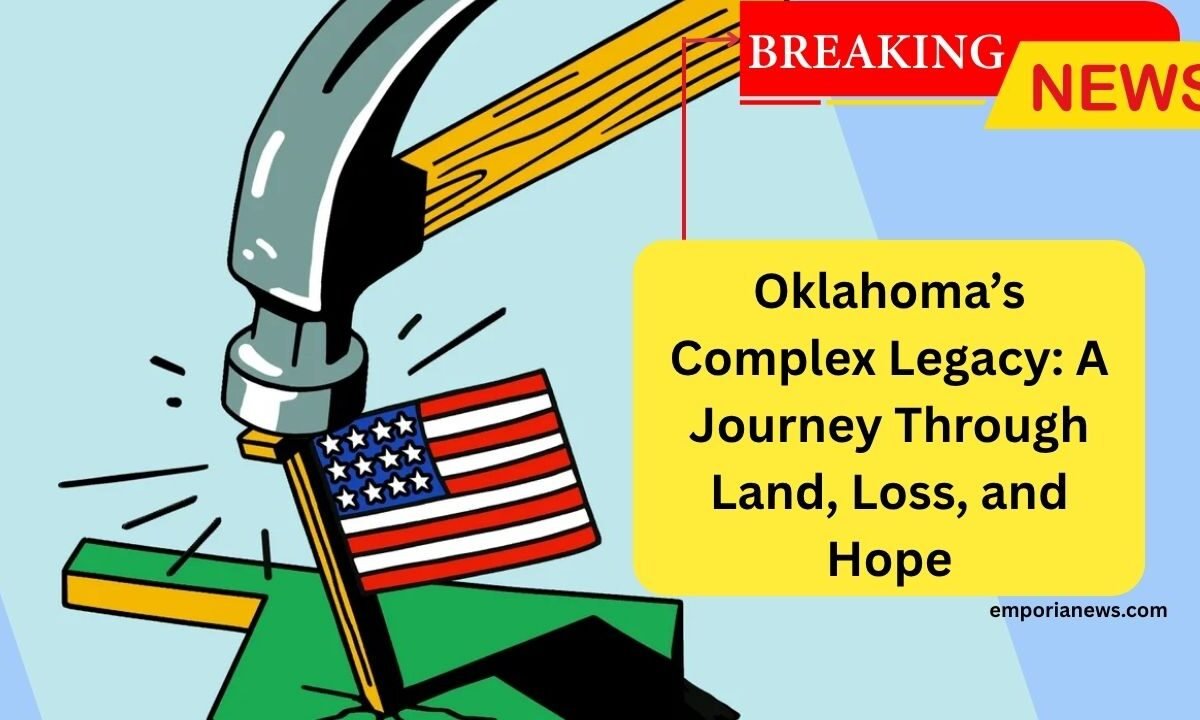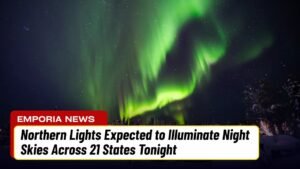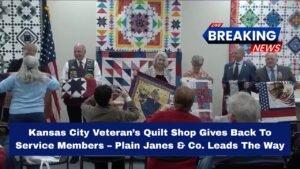Before I came to love Oklahoma, I had to first explain it. To Americans and foreigners alike, I pointed to the heart of the U.S., to a state with 77 crimson-colored counties and a famously unassuming license plate: “OKLAHOMA IS OK.”
But my true introduction came at age eight, after my family relocated from New York to Tulsa.
My Jamaican parents were drawn to Tulsa’s religious roots and slower pace—a stark contrast to the chaotic energy of the Northeast.
The city’s quiet nature and deeply spiritual community aligned with their Christian beliefs. For them, Tulsa offered not boredom but sanctuary.
A History Lesson in the Schoolyard
Soon after arriving, my fourth-grade class was led outdoors for a peculiar reenactment. Armed with makeshift tools—protractors, wagons, and stakes—we were told to race and “claim” land. It was our first brush with Oklahoma’s Land Run history, mimicking events between 1889 and 1895, when land once promised to Native tribes was reopened for white settlement.
This historical simulation glorified conquest while glossing over the violent displacement of Indigenous people. It wasn’t until 2014 that Oklahoma City public schools officially stopped using these reenactments.
In their place emerged a sanitized version of history—one that romanticized settlers and erased the suffering of Native and Black communities.
The Chant That Echoes Erasure
Even today, remnants of this mythology remain. At the University of Oklahoma, the chant of “Boomer!” and “Sooner!” rallies fans at every game and public event.
These words honor those who illegally claimed land before it was allowed (Sooners) and those who lobbied for white settlement (Boomers). The university’s mascot—a covered wagon—symbolizes this idealized past, yet masks the reality of theft and exclusion.
For years, I found it hard to take pride in a place where foundational violence was not only accepted but celebrated. The narratives told in classrooms and sports arenas often hid the true story beneath layers of idealism and denial.
Oklahoma’s Identity Crisis in 2025
Today, America teeters between nostalgia and denial, and Oklahoma lies at that crossroads. To misunderstand Oklahoma is to misunderstand the nation itself.
The fight over history is really about who gets to claim American identity. And the reality is: Oklahoma was born from dispossession, not destiny.
A Childhood of Discontent and Distance
Growing up in Tulsa, I longed to leave. My peers and I dreamed of escaping to cities like Dallas or Houston, which promised a familiar lifestyle without the stagnation.
Tulsa felt stuck in time, far from the bustling coasts, lacking professional sports, direct flights, or cultural dynamism—until recently.
In 2025, everything looks different.
A Decade of Reinvention
Since I left, Oklahoma has launched a full-scale reinvention campaign. According to the Kansas City Federal Reserve, the state is now reversing its brain drain.
Cities like Tulsa have become havens for artists, entrepreneurs, and remote workers. Incentives range from subsidized housing for creatives to $10,000 relocation bonuses for digital nomads. Direct flights now connect Tulsa to New York, Miami, and Los Angeles.
These programs are a point of pride—but they raise important questions. Are these benefits reaching longtime residents?
Can philanthropy sustain what the government doesn’t fund? And how strong can community ties be when built on temporary incentives?
Reinvention Has Always Been Oklahoma’s Strategy
Oklahoma has a long history of recruiting outsiders while overlooking those already here. Whether it was settlers during the land runs or remote workers today, the pattern is the same: attract newcomers while minimizing accountability to the past.
Even as I celebrated the Thunder’s 2025 NBA Championship, I couldn’t ignore Oklahoma’s place near the bottom in healthcare and education. My pride lies not in its transformation, but in confronting its contradictions—the beauty and the brutality alike.
To understand that, we must go back nearly 140 years.
Edward McCabe and the Vision of a Black State
Over the last five years, I’ve traveled across Oklahoma tracing the story of Edward McCabe, a bold figure who envisioned a Black-governed state. A former state official, McCabe dreamed of a place where Black Americans could rule themselves, free from white oppression.
Dubbed “The One Who Would Be Moses,” McCabe helped found towns like Langston, created as self-sufficient Black communities. He defied armed threats and racist mobs, surviving assassination attempts simply for pursuing Black autonomy. His dream clashed with reality: the land he hoped to settle had already been promised—and stolen—from Indigenous nations.
McCabe’s story reveals an American truth: ambition is never clean when built on stolen ground.
A Blueprint Buried but Not Forgotten
Though mocked and eventually erased from mainstream memory, McCabe’s mission remains relevant. Of the 50 original all-Black towns in Oklahoma, 13 still survive.
These were more than escape routes from oppression; they were blueprints for a better, self-determined life.
McCabe’s defiance was seen as dangerous—not because he wanted land, but because he demanded belonging on Black terms.
That radical idea—of governing and existing without white oversight—challenged the very structure of post-Reconstruction America.
Even his speech, labeled “nigger talk” by white critics, was an act of rebellion. He turned slurs into symbols, and attempts to silence him into strategies of survival.
Oklahoma: A Frontier for America’s Soul
Throughout history, Oklahoma has been used to test America’s next chapter. After Reconstruction failed and treaties with Native nations were abandoned, the territory became “no man’s land.”
But it wasn’t empty. It was overflowing—with Black visionaries, Native communities, and immigrant hope.
Instead of becoming a model of inclusive belonging, Oklahoma became a stage for conflict and erasure—a battleground where zero-sum politics still dominate.
Even today, the state is shaping the nation’s narrative—rewriting education laws, pushing religious agendas, and promoting conspiracy theories as curriculum.
A Place Worth Seeing Clearly
McCabe understood that place is more than geography—it is a kind of theology, a spiritual reckoning. My parents found no trace of this history in brochures when they moved here in search of righteousness. But I, their child, learned that even sacred spaces sit on stolen land.
Oklahoma isn’t where dreams die—it’s where the country tests if they’re even possible.
Oklahoma isn’t a blank slate; it is a mirror of America’s contradictions—its erased histories, bold ambitions, and unresolved wounds. Its story includes settlers and strivers, theft and hope, destruction and reinvention.
To truly love Oklahoma is not to romanticize it. It is to recognize both the painful past and the promise of its people. Because until we confront the real story—of land runs, of Black self-governance, of generational erasure—we cannot build anything lasting.
And in that truth, Oklahoma may yet offer the rest of America a blueprint—not just for reinvention, but for reckoning, belonging, and ultimately, healing.




